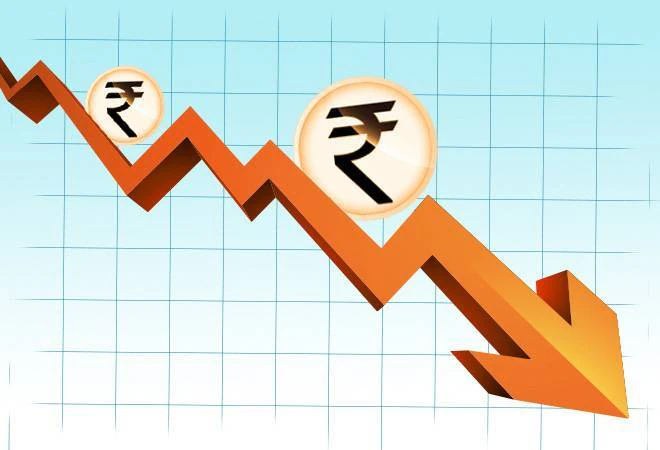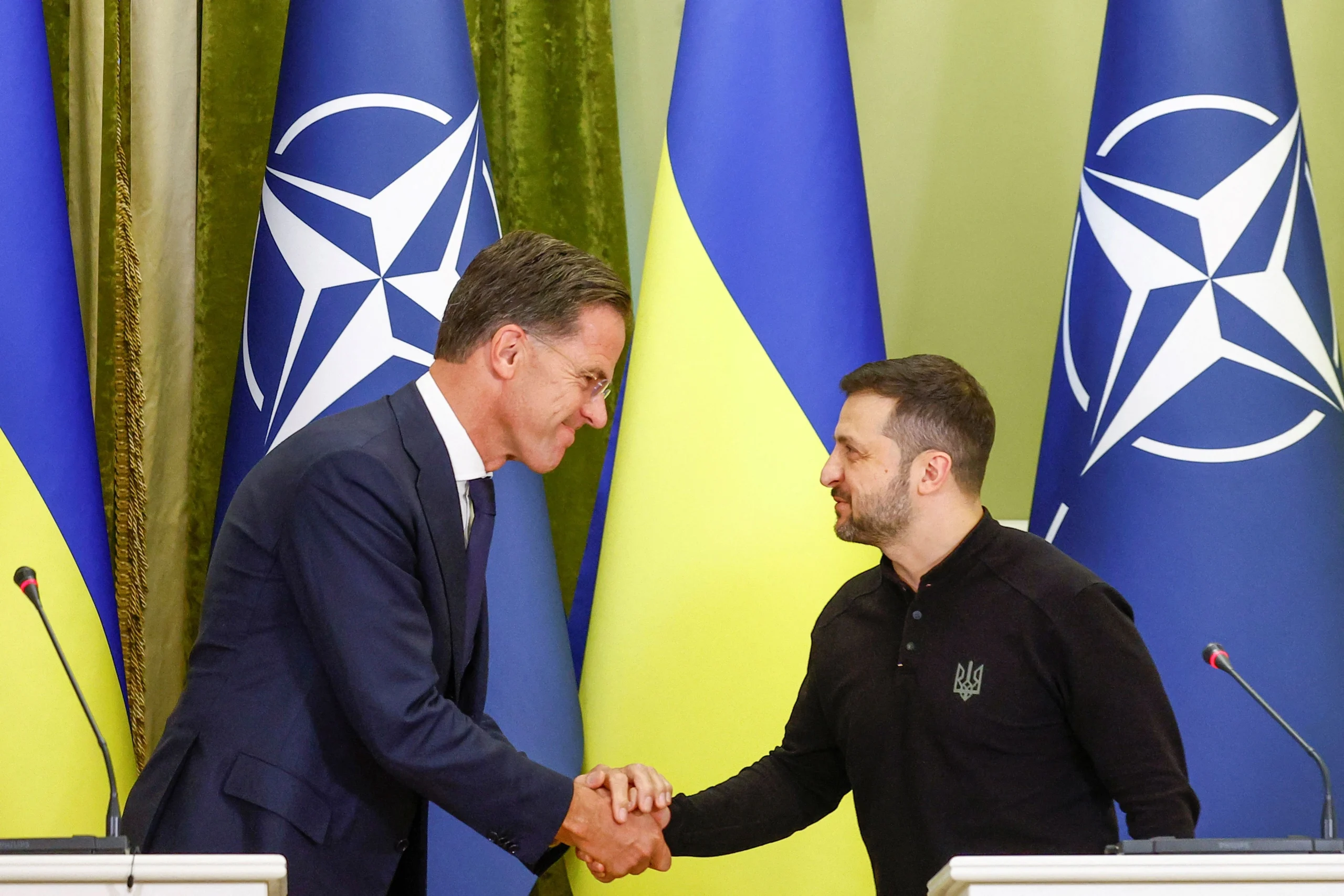The Politics of Digital Censorship in India: A Study of the Ranveer Allahbadia Controversy
Introduction
The recent controversy surrounding YouTuber Ranveer Allahbadia’s remarks on the comedy show India’s Got Latent has reignited debates over digital censorship, free speech, and the growing role of the state in regulating online content. What began as an outcry over “vulgar” comments quickly escalated into police complaints, Supreme Court interventions, and calls for stronger regulatory frameworks governing digital platforms. However, beyond the immediate backlash, the controversy exposes a deeper shift in India’s digital governance—a transition towards what scholars term techno-patrimonialism, where the state merges cultural nationalism with welfare populism to exert greater control over the digital sphere.
This essay explores the broader themes of digital censorship, legal ambiguity, and state control that emerge from the Allahbadia controversy. It will examine how moral panics are leveraged to justify increasing restrictions on online content, the legal complexities surrounding obscenity and free speech, and the implications of treating digital creators as traditional broadcasters. Through this analysis, it will argue that the current regulatory trajectory risks entrenching authoritarianism under the guise of cultural preservation.
The Allahbadia Controversy: A Case Study in Digital Moral Policing
The controversy erupted after Ranveer Allahbadia, a popular YouTuber and fitness influencer, made comments on India’s Got Latent that were perceived as crude and offensive. The remarks triggered a public outcry, with political figures, religious leaders, and cultural commentators condemning the show as an affront to Indian values. Legal action followed swiftly—multiple FIRs were filed under obscenity and cyber laws, and the Supreme Court took an unusually strong stance, labelling Allahbadia’s language as “dirty and perverted.” The court also urged the government to crack down on “obscene content” on platforms like YouTube.
The controversy soon morphed into a wider debate about the need for greater regulation of online platforms. The show’s host, comedian Samay Raina, deleted all episodes in response to mounting pressure, while Maharashtra’s Cyber Cell launched an investigation involving over 30 individuals associated with the programme. Politicians like BJP MP Ravi Kishan framed the issue as part of a broader cultural battle, depicting digital platforms as tools of Western influence that corrupt Indian morality. This framing reflects a recurring pattern in India’s media regulation landscape—moral panics fuel policy shifts that ultimately expand state control over digital spaces.
Legal Complexities: The Ambiguities of Obscenity Laws
At the heart of the Allahbadia controversy lies a fundamental tension between legal principles and public sentiment. India’s obscenity laws are rooted in colonial-era statutes that have been selectively interpreted over time. Section 294 of the Bharatiya Nyaya Sanhita (BNS), 2023, defines obscenity as content that is “lascivious, excessively sexual, or corrupting,” while Section 67 of the Information Technology (IT) Act, 2000 penalises the online transmission of obscene material. However, the application of these laws remains inconsistent.
Historically, Indian courts relied on the Hicklin test, a Victorian-era standard that judged content based on whether it could “deprave and corrupt” vulnerable audiences. In 2014, the Supreme Court adopted a more nuanced “community standards” test, which considers cultural context when evaluating obscenity. In Aveek Sarkar v. State of West Bengal (2014), the court ruled that a nude photograph of Boris Becker was not obscene because it served an artistic purpose. More recently, in Apoorva Arora v. Govt. of NCT of Delhi (2024), the court dismissed charges against the makers of College Romance, differentiating between vulgar language and content that incites “lustful thoughts”.
Applying these precedents to Allahbadia’s case raises questions about the legitimacy of the legal action taken against him. As Apar Gupta argues in The Hindu, Allahbadia’s remarks—while crude—amounted to little more than a “risqué jest” rather than actual obscenity. Yet, as Gupta points out, “fury and legal intimidation often eclipse constitutional principle,” leading to a regulatory environment where public outrage dictates censorship more than objective legal standards.
Section 69A and the Expanding Reach of State Censorship
One of the most concerning aspects of the controversy is the invocation of Section 69A of the IT Act, which grants the Indian government the power to block access to websites. As Gupta highlights, the provision does not list “decency and morality” as grounds for blocking content, yet it has been stretched to justify censorship in the Allahbadia case. This reflects a growing trend where digital regulations are applied in ways that exceed their original legal mandate.
The introduction of the Information Technology (Intermediary Guidelines and Digital Media Ethics Code) Rules, 2021 further strengthened the government’s ability to regulate digital content. These rules imposed stricter compliance requirements on OTT platforms and digital news media, forcing them to align with state-defined ethical codes. More recently, the Ministry of Information & Broadcasting has pushed for a Broadcasting Bill that would categorise online creators as traditional broadcasters, subjecting them to the same regulatory oversight as television networks.
This regulatory shift is not merely about ensuring accountability—it represents a fundamental reordering of the digital media landscape. By equating YouTubers and independent creators with large-scale broadcasters, the government gains greater leverage to impose pre-screening requirements, content restrictions, and even licensing mechanisms. In doing so, it risks stifling the very creativity and diversity that have made India’s digital ecosystem so vibrant.
Techno-Patrimonialism: Digital Control as a Political Strategy
The broader significance of the Allahbadia controversy lies in its alignment with a larger governance trend—what scholars refer to as techno-patrimonialism. This model, as outlined by Yamini Aiyar and Neelanjan Sircar, describes how the state uses digital technologies to consolidate power, blending cultural nationalism with welfare populism.
In the context of digital censorship, techno-patrimonialism manifests in two key ways. First, it enables the state to position itself as the protector of cultural values, leveraging moral outrage to justify restrictive policies. The Allahbadia case exemplifies this strategy—political leaders framed his remarks as an attack on Indian culture, thereby legitimising state intervention. Second, the regulatory push aligns with the government’s broader efforts to assert control over digital platforms, using censorship as a tool to shape public discourse.
Gupta warns of a “Faustian bargain” emerging between OTT platforms and the state. To avoid criminal prosecution, digital platforms have increasingly conceded to government demands for content regulation. The price of this arrangement, he argues, is “the discontinuation of any web series which, through its themes or dialogues, poses difficult questions to our society or political leadership”. In other words, digital creators may soon find themselves self-censoring to avoid government scrutiny.
Conclusion: The Future of Free Speech in India’s Digital Age
The Allahbadia controversy serves as a microcosm of the shifting dynamics of digital governance in India. What began as a debate over crude humour has evolved into a broader struggle over free speech, censorship, and the role of the state in regulating online expression.
As India moves forward, it must strike a delicate balance between maintaining cultural sensitivity and protecting constitutional rights. This requires a regulatory framework that is transparent, legally sound, and independent of political influence. Without such safeguards, the risk of digital authoritarianism looms large, threatening not only artistic freedom but also the democratic principles that underpin India’s digital age.
Ultimately, the choices made today—whether by lawmakers, courts, or digital platforms—will shape the future of free expression in India. If moral panics continue to drive policy decisions, the country may find itself on a path where censorship becomes the default response to controversy, eroding the very freedoms that make digital media a powerful tool for societal dialogue and change.
Subscribe to our Youtube Channel for more Valuable Content – TheStudyias
Download the App to Subscribe to our Courses – Thestudyias
The Source’s Authority and Ownership of the Article is Claimed By THE STUDY IAS BY MANIKANT SINGH



